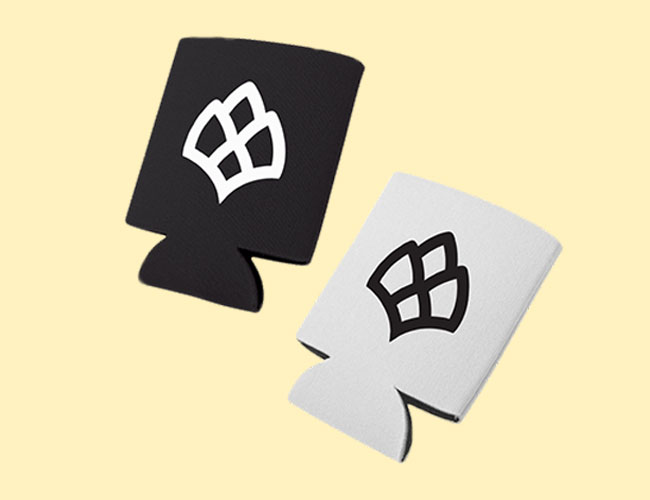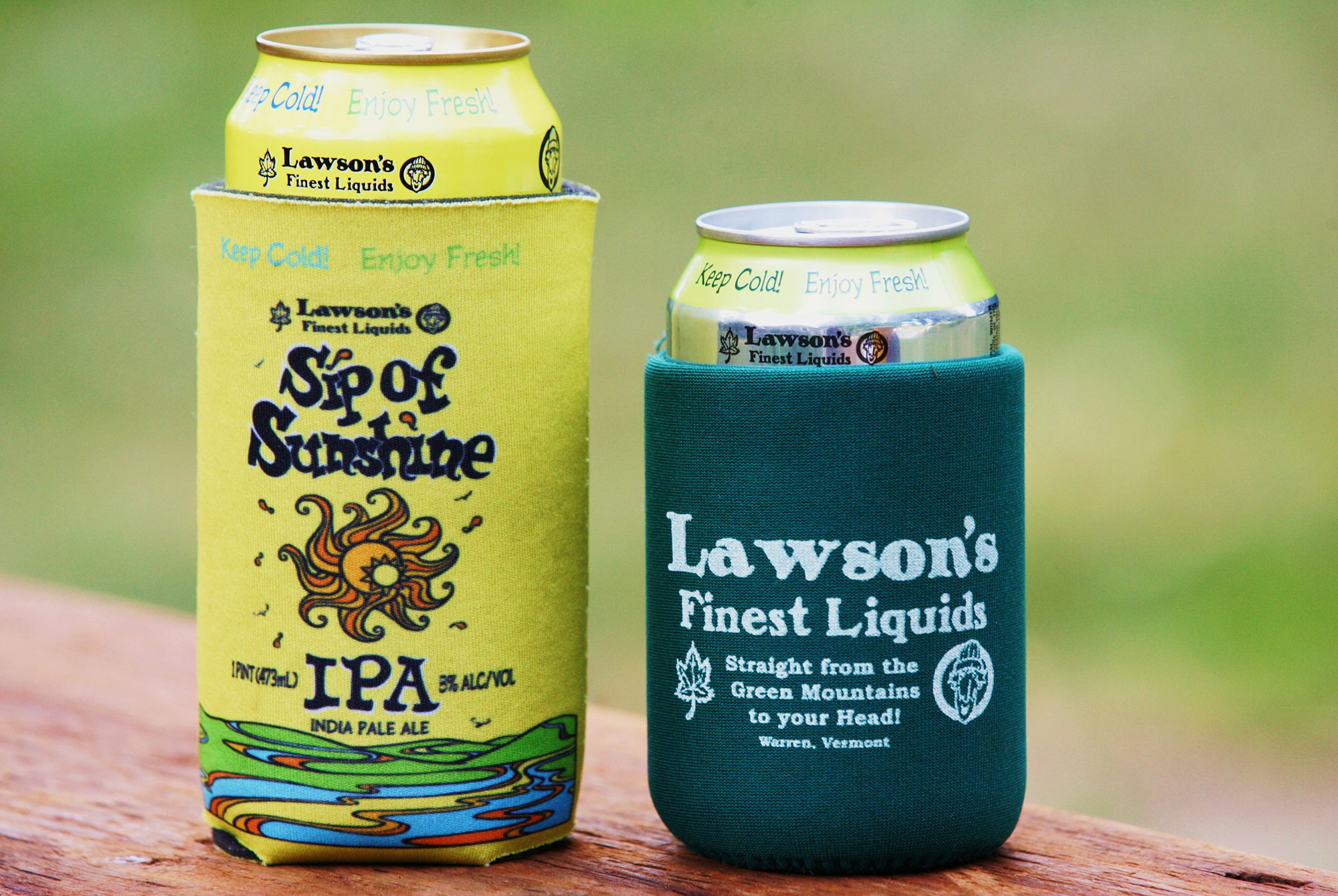Shop
The Koozie Industry is Stuck in the Dark Ages
Ever heard of a pounder can, people? It's 16 ounces tall.
In early 2015, Sean Lawson had a bunch of koozies made that replicated the can of his most famous beer, Sip of Sunshine.
It wasn’t the work of hubris, though nobody would have blamed him if it was. Sip of Sunshine had a cult following akin to Heady Topper, Pliny the Elder, or any of the other all-time great double IPAs. Producing related swag to capitalize on that would have made business sense to anyone.
Instead, this was more personal; Lawson wanted to keep his own beer cold. But because the koozies inundating the market were designed for a 12-ounce cans, and he sold 16-ounce pounders. Lawson was exposing a good forth of his can to the elements every time he koozied-up. So he had taller koozies made. Problem solved.

We Sell Koozies!
For those drinking 12-ounce cans, we’ve got you covered.
Buy: $2
Fast forward a few short years and it seems like more craft beers are packaged in 16-ounce cans than not; not only have cans in general become the go-to format for breweries these days, but the pounder has become a hallmark of the quality liquid promised within. Hoppy beers in particular tend to shine within the confines of light- and oxygen-eschewing aluminum. And so the trend gained traction, caught fire, and became the status quo.
If I’m going to keep drinking from pounders (I am) and paying out the nose for the privilege (fine), I’d appreciate a koozie that can keep up.
Logic would follow, then, that the pounder-friendly koozie saw a similar rise in popularity. But not so. Short of the occasional specimen from PBR (good on you guys) and a few websites selling shitty examples in bulk quantities, the koozie industry is stuck in the dark ages. The beers have gotten bigger; the koozies, not so much.
This might sound like a trite point. And in the grand scheme of things — what Beyonce will name her twins, Trump’s first 100 days, Area 51 — it totally is.
But if I’m going to keep drinking from pounders (I am) and paying out the nose for the privilege (fine), I’d appreciate a koozie that can keep up.


